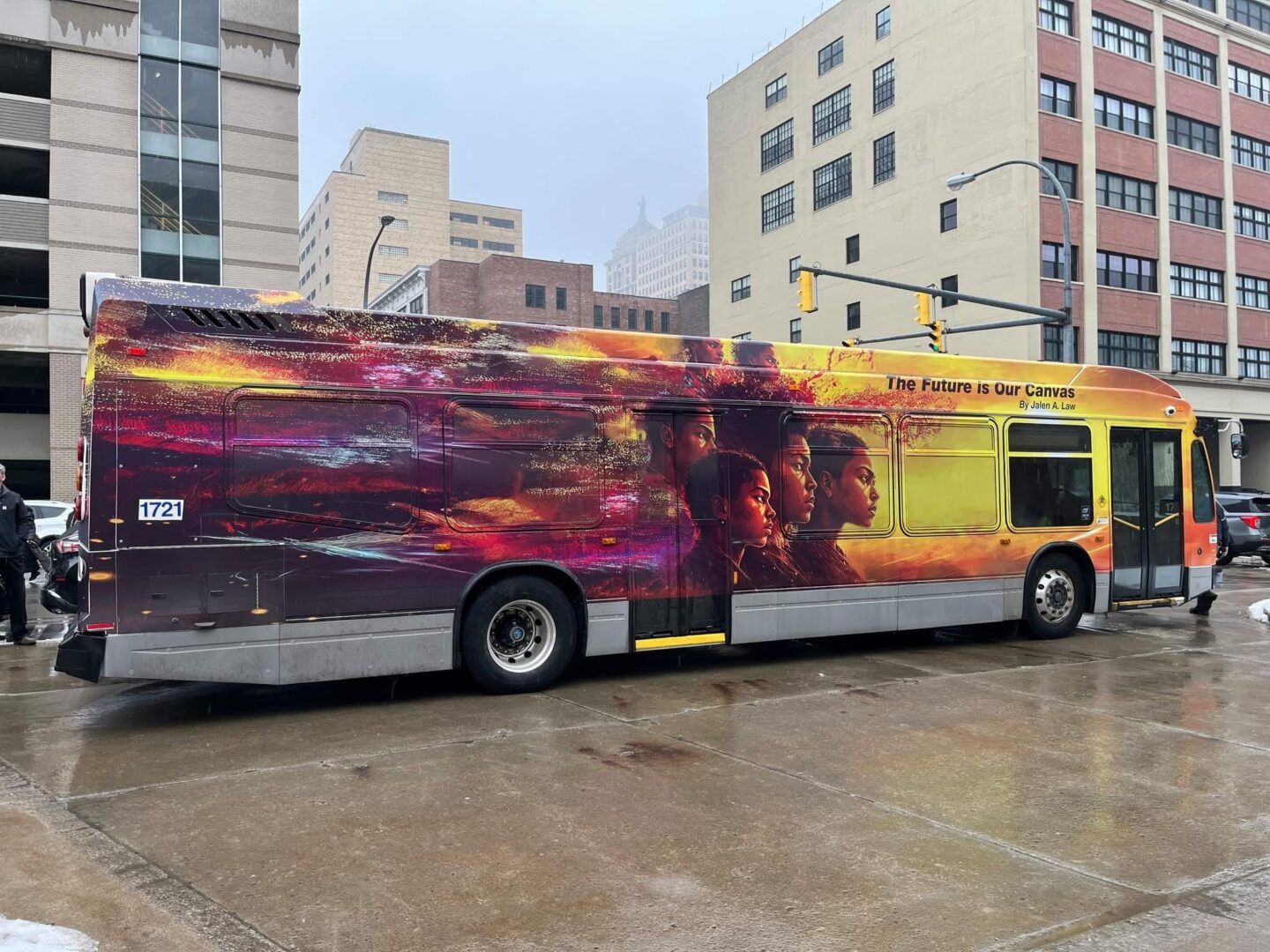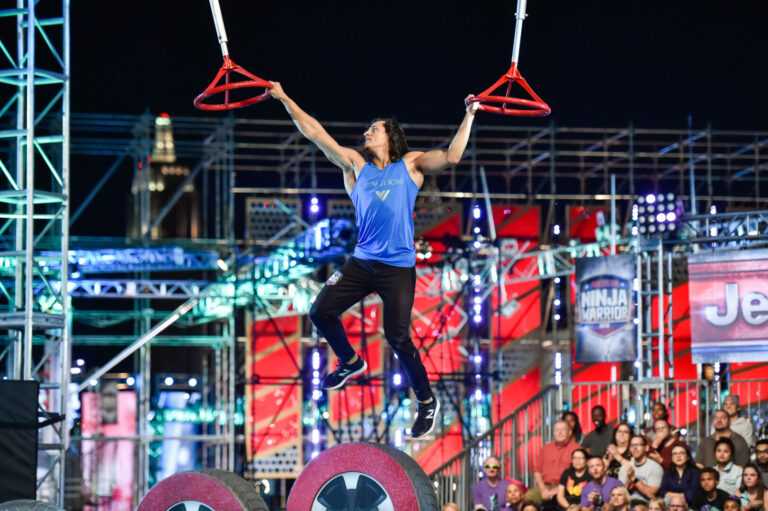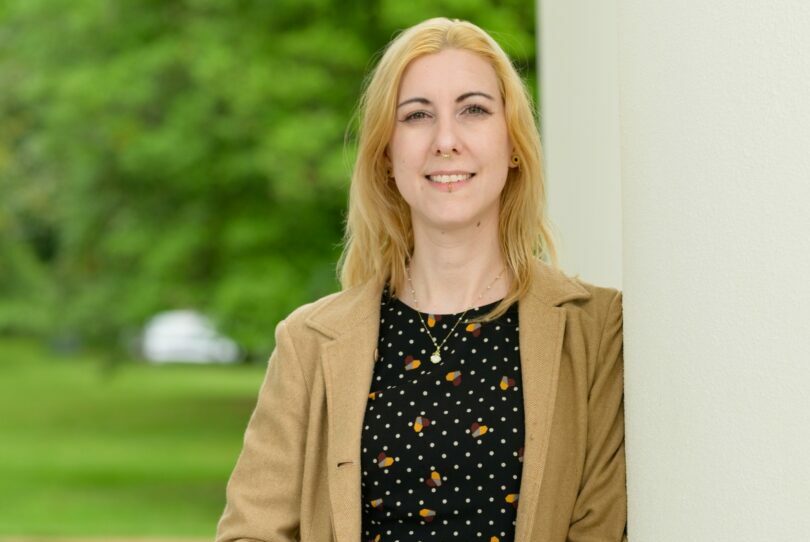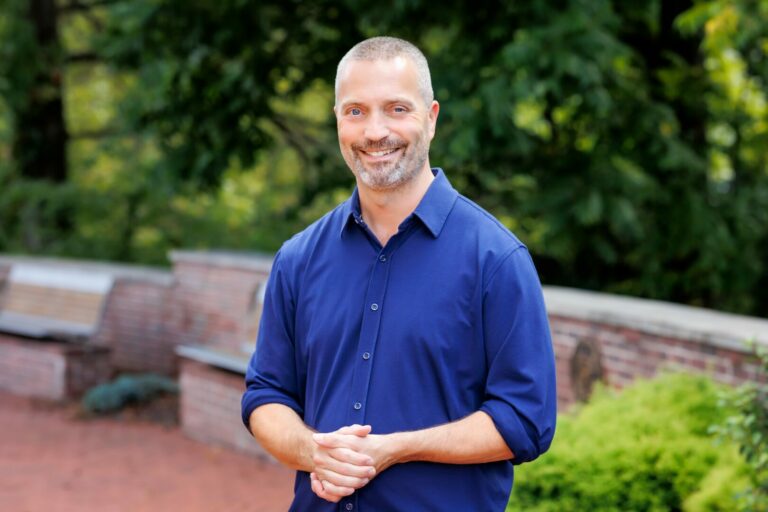We’re looking forward to introducing you to Jalen Law. Check out our conversation below.
Jalen, we’re thrilled to have you with us today. Before we jump into your intro and the heart of the interview, let’s start with a bit of an ice breaker: What do the first 90 minutes of your day look like?
I’m up at 4 a.m. not because I’m chasing some productivity hack, but because there’s something about that quiet hour that feels sacred. The world hasn’t started moving yet, and it gives me a clean mental slate. I’ll spend the first few minutes just sitting in the dark no phone, no lights letting my thoughts settle before I drop into meditation.
That stillness does something powerful for my focus. It’s like hitting “reset” before the day begins. After that, I read sometimes it’s philosophy, sometimes psychology, sometimes just a good book that challenges how I think. It’s less about consuming information and more about starting the day with curiosity.
By the time the sun comes up, I feel centered and intentional not reacting to the day, but choosing how to show up for it. It’s a small routine, but it sets the tone for everything that follows.
Can you briefly introduce yourself and share what makes you or your brand unique?
I’m Jalen Law, a multidisciplinary artist and educator from Buffalo, New York. My work lives at the crossroads of art, language, and emotional intelligence—I’m interested in how visual storytelling can heal, challenge, and reconnect communities to their shared humanity. Through my company, The Jalen Law Collection, I create everything from murals and exhibitions to emotional intelligence programs for schools and organizations.
What makes my approach different is that I treat art as both education and experience. Whether it’s using augmented reality to bring hidden histories to life or helping people explore emotional awareness through creative workshops, everything I do is about helping people see and feel more deeply.
Right now, I’m preparing to present a research paper at the United Nations World Public Art Conference this December, which feels like a natural extension of my journey bringing Buffalo’s creative resilience to a global conversation about how art can build more emotionally and socially intelligent communities.
Thanks for sharing that. Would love to go back in time and hear about how your past might have impacted who you are today. What did you believe about yourself as a child that you no longer believe?
When I was younger, I really believed that my purpose was to get everything right. I thought that if I worked hard enough, spoke carefully enough, or created beautifully enough, I could somehow control how the world perceived me. It was almost like I believed perfection could protect me that precision was a kind of armor.
But as I grew, I started to realize that perfection isn’t protection it’s separation. It keeps you safe, but it also keeps you small. What actually connects people what transforms them is honesty, presence, and vulnerability.
Now, I see myself less as someone trying to perform for the world, and more as a vessel that creates with it. My work, and really my life, have become about turning language, emotion, and even pain into something sacred something that reminds us we’re all still learning how to listen and how to see.
So what I no longer believe is that I have to be perfect to be worthy. What I believe now is that authenticity is divinity that our imperfections are what make us mirrors for each other’s humanity.
What have been the defining wounds of your life—and how have you healed them?
You know, one of the defining wounds of my life has been the feeling of being unseen of having to translate myself just to be understood. Growing up, I often felt like I was speaking a language that others couldn’t quite hear whether that was through art, emotion, or even silence.
For a long time, I thought the solution was to speak louder, work harder, or prove myself through achievement. But what I eventually learned is that you can’t heal invisibility by performing you heal it by belonging to yourself first.
That realization came slowly, through art, teaching, and a lot of inner work. I began to understand that wounds aren’t just scars to hide; they’re also maps guides that show you where your soul has been asking for attention. My healing came from learning to listen to those maps, to treat my pain not as a weakness but as a teacher.
Now, I try to build spaces in my art and in my classrooms where others can see themselves more clearly, too. Where people don’t have to perform to be valued, but can simply be.
So, the wound was invisibility. The healing has been presence learning that when you stop chasing validation and start honoring your own voice, you stop living as a translation and start living as truth.
Next, maybe we can discuss some of your foundational philosophies and views? What are the biggest lies your industry tells itself?
I think one of the biggest lies the art world tells itself is that progress equals visibility that if something is seen, posted, or sold, it must have meaning.
When I was starting out, I believed that too. I thought the measure of impact was how many people looked at your work. But what I’ve learned is that being seen and being understood are not the same thing. Visibility without depth is just exposure and exposure can sometimes wound more than it heals.
The deeper lie, though, is that art exists outside of spirit that it’s purely aesthetic or intellectual. In truth, every brushstroke, every projection, every word we use carries energy. It changes people’s perception, and that’s sacred work. The industry often forgets that it’s not just showing images it’s shaping consciousness.
So, for me, I try to resist the lie of surface and return to substance. My goal isn’t to be seen everywhere; it’s to create spaces that help people see themselves more clearly.
I think when we remember that art is not a product but a portal, the conversation changes from competition to communion, from ego to evolution.
Okay, so before we go, let’s tackle one more area. Are you doing what you were born to do—or what you were told to do?
For a long time I thought I was doing what I was supposed to do. I was following the blueprint be talented, work hard, make something beautiful, make people proud. And in a way, I don’t regret that; it taught me discipline and respect for craft. But there’s a difference between purpose and programming.
Over time, I started to feel this quiet tension like my spirit was speaking a different language than my schedule. I realized that what I was told to do was to produce, but what I was born to do was to translate to turn unseen emotions, histories, and energies into form.
Now, I create from a place that feels more like calling than compliance. My work isn’t about meeting expectations; it’s about aligning with intention. I’ve learned that what we’re born to do isn’t always the loudest thing sometimes it whispers, and you have to get still enough to hear it.
So yes, I’m doing what I was born to do but I had to unlearn a lot of what I was told first. For me, legacy isn’t about achievement; it’s about alignment. It’s not what I leave behind, but what I leave alive in others.
Contact Info:
- Website: https://Thejalenlawcollection.com
- Instagram: https://www.instagram.com/jalenlawart/
- Linkedin: https://www.linkedin.com/in/jalenlaw/
- Facebook: https://www.facebook.com/profile.php?id=61578383922340
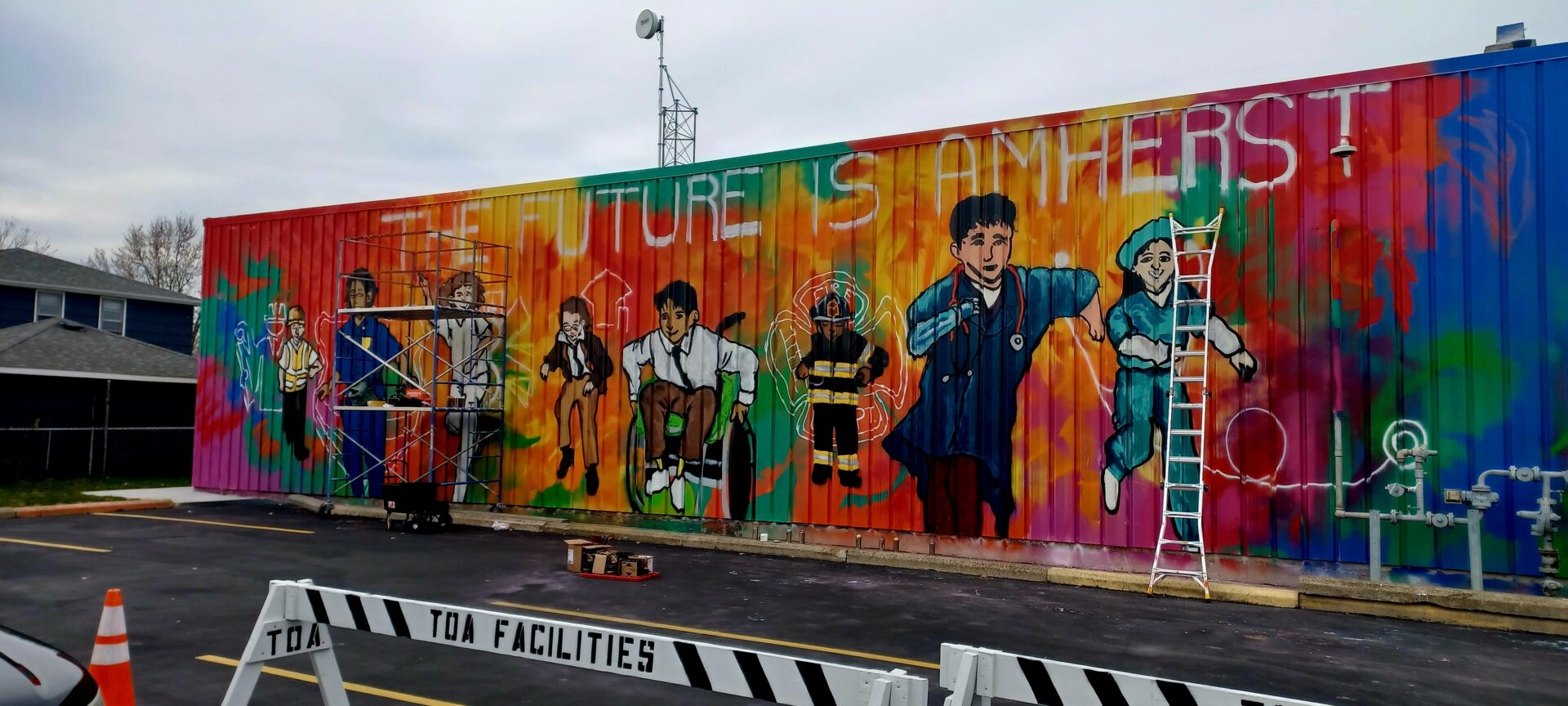


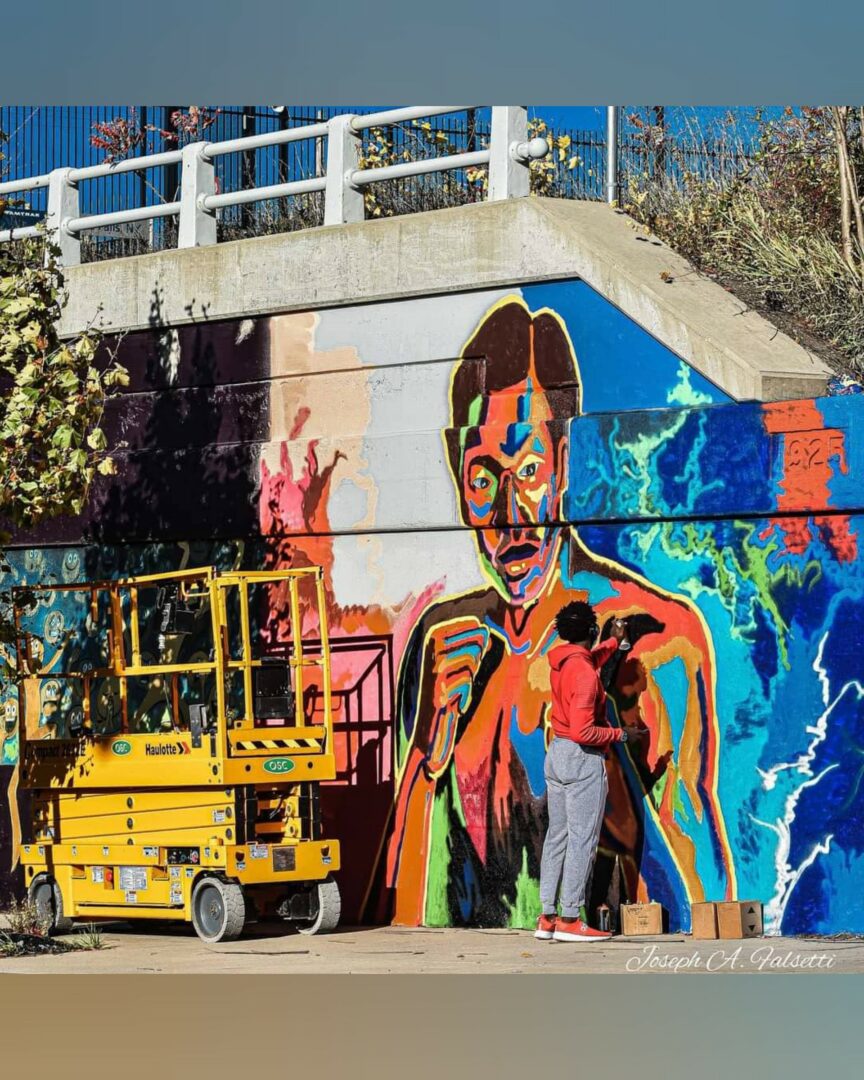
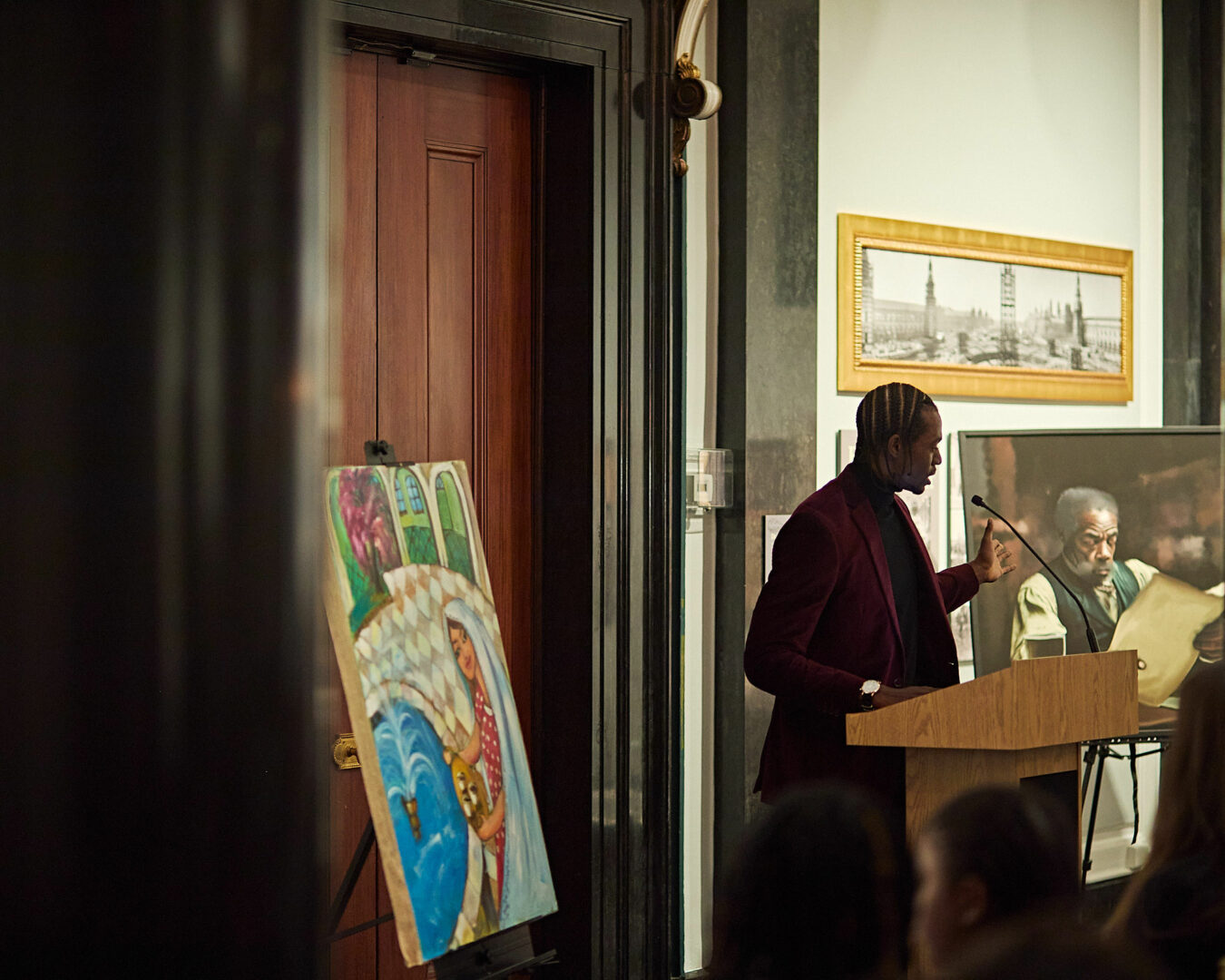
so if you or someone you know deserves recognition please let us know here.

